 It’s been almost five years since Aralon: Sword And Shadow released (Free). In that five years, there have been regrettably few 3D RPGs released on iOS that can sit comfortably beside it. Angel Sword ($6.99) is the latest to tackle the genre, and although it has a strong enough start, it quickly burns off much of its goodwill. The end result is something that looks decent enough, but plays like something from the early days of the App Store. It’s nowhere near Aralon in terms of complexity and enjoyment, instead feeling very much like a prettied-up Ravensword: The Fallen King ($2.99). I’m not saying there isn’t any fun to be had here, but it comes in fits and spurts between long sessions of incredibly tedious grinding.
It’s been almost five years since Aralon: Sword And Shadow released (Free). In that five years, there have been regrettably few 3D RPGs released on iOS that can sit comfortably beside it. Angel Sword ($6.99) is the latest to tackle the genre, and although it has a strong enough start, it quickly burns off much of its goodwill. The end result is something that looks decent enough, but plays like something from the early days of the App Store. It’s nowhere near Aralon in terms of complexity and enjoyment, instead feeling very much like a prettied-up Ravensword: The Fallen King ($2.99). I’m not saying there isn’t any fun to be had here, but it comes in fits and spurts between long sessions of incredibly tedious grinding.
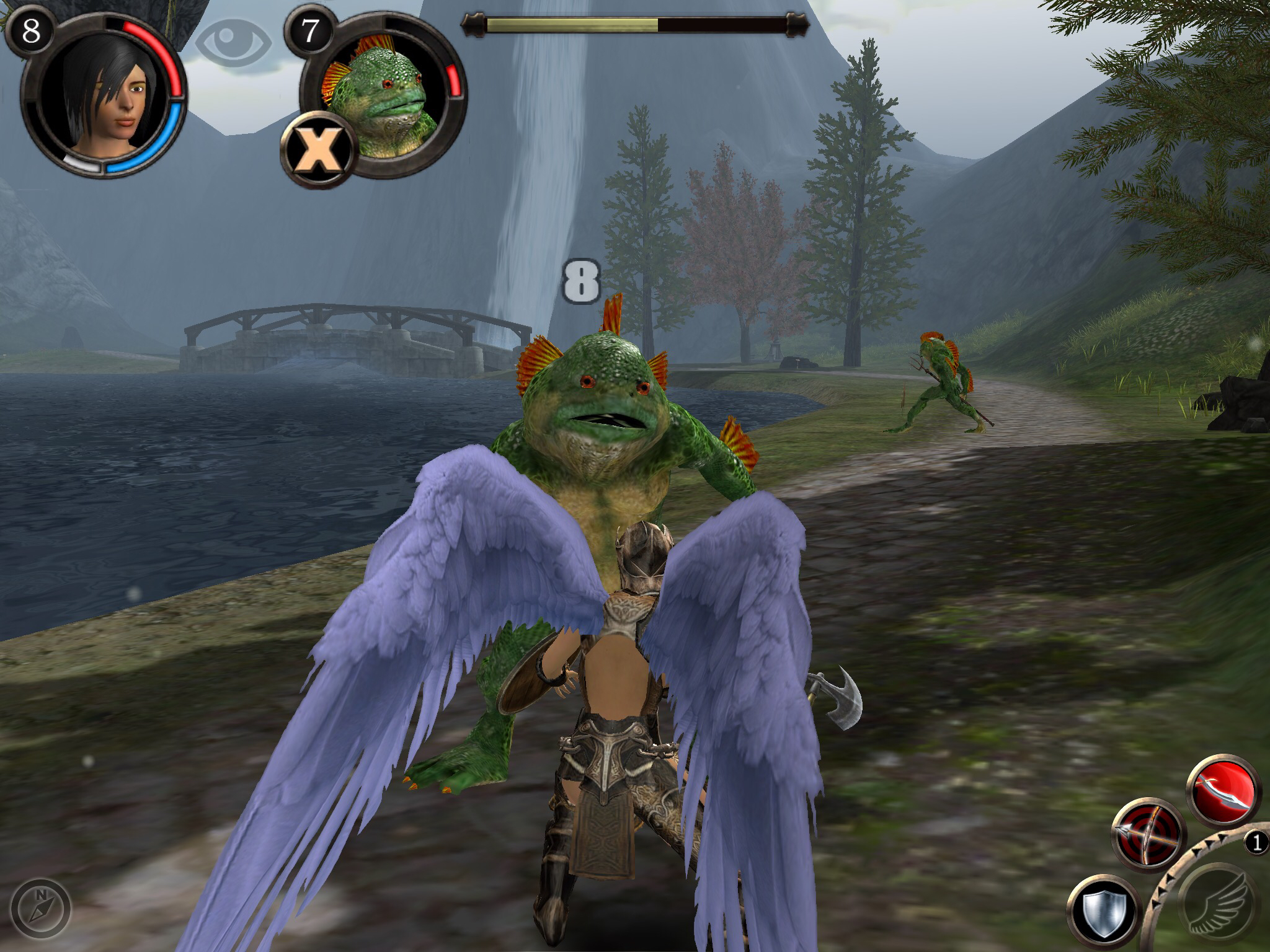
Angel Sword is actually a reimagining of one of DVide Arts’s early iOS games. The original Angel Sword was a top-down action-RPG with an 8-bit art style. The new game offers a fully 3D world, and seems to only share a story premise with the old version. You play as an angel summoned by a good mage to stop an evil mage. To do that, you’ll need the Angel Sword, a magical relic sealed away by three runes. You get the idea: collect the three runes, get the sword, beat the big bad, and get home in time to watch Highway To Heaven reruns. Generally speaking, your progress is impeded by your level in a couple of different ways. Enemies are numerous and if they out-level you, there’s very little chance you’ll survive. Equipment is limited by your level as well, so you can’t save up and get something ridiculously powerful while you’re still toiling at low levels. Then there are harder level gates, where certain doors won’t be open to you until you reach the appropriate level. All you can really do to move forward is to grind out levels on the most powerful enemies you can handle, which translates to running in circles fighting the same four or five monsters as they respawn.
Every ten levels you gain, the mage will send you after a boss holding one of the runes. Each of the bosses has a gimmick that requires you to play the right song on your harp at a certain moment. Finding those songs acts as a sort of side-goal, with the mission-critical songs requiring you to solve a puzzle of some kind to earn them. These puzzles are naturally behind level-gated doors. There are non-essential songs hidden around, as well, and a smattering of sub-quests that will be given to you by the villagers. When the game starts, you’ll get a bunch of quests, which might lead you to think that will be how the game goes for its duration. Once you’ve finished out that initial batch, however, new quests come in less and less frequently. They’re not the most interesting of quests anyway, with most of them requiring you to collect a certain number of this thing or that, but a few of them require you to think a little bit about which abilities you might have that can solve the problem. Even dull collection quests would be something to get your mind off of the slow level grind that characterizes the last half of the game.
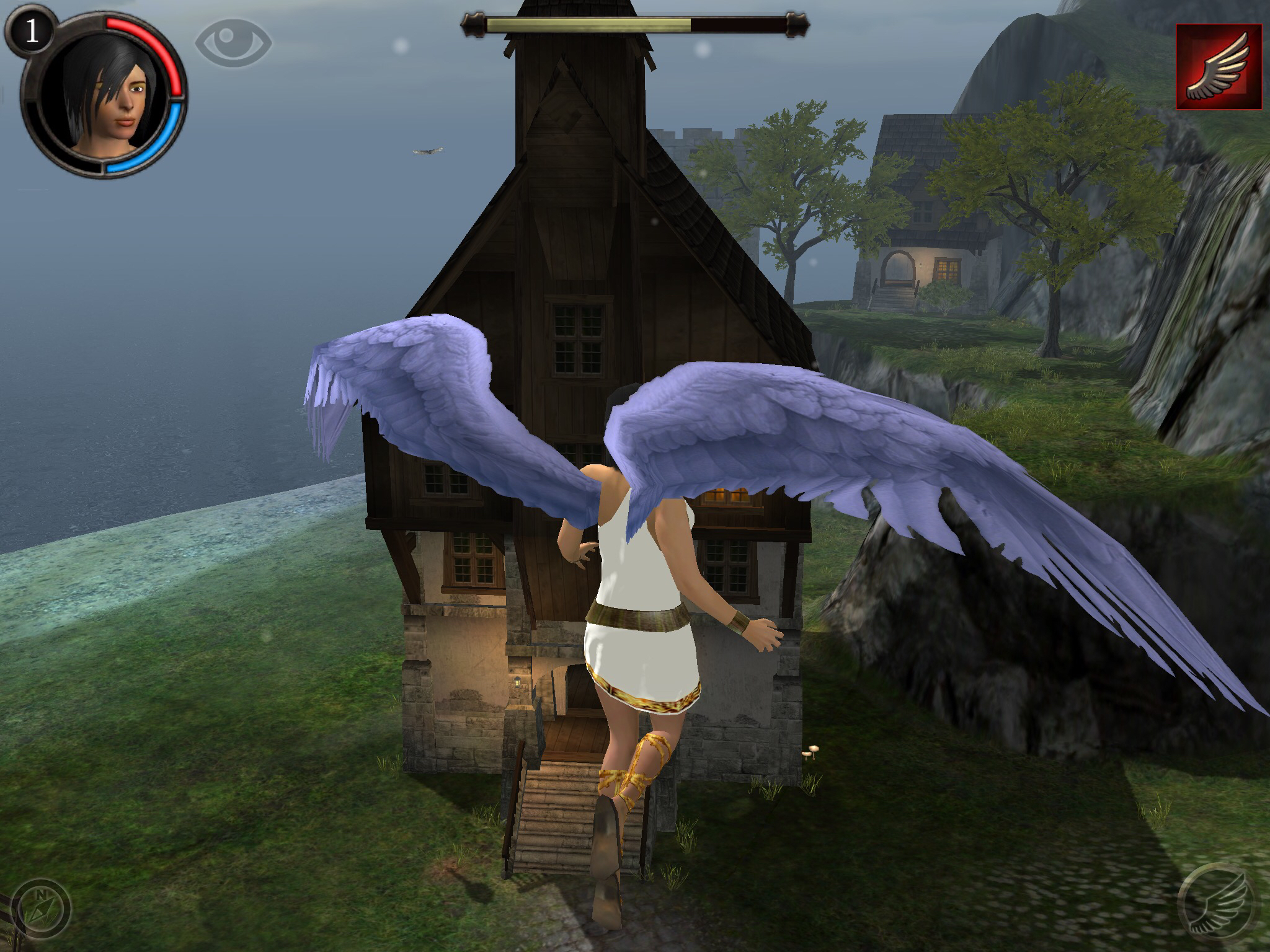
Angel Sword has a premium currency in the form of gems. You can use them to buy special gear pieces, pets, and costumes. You can also exchange them for regular gold. You can find them around in the game’s world if you search around, though the total number in the entire game seems to be less than 50, which isn’t good for much other than exchanging for gold. You’ll have to open your wallet fairly wide if you want even the lower-priced pets and such. At one point in the game, I was worried this was affecting the game’s economy balance, since the prices on gear rise rather dramatically. In actuality, you end up doing so much necessary grinding for experience that you can typically afford every piece of new gear without much hassle just from selling drops alone. There is, however, a multiplayer mode in this game. The premium gear offers some useful benefits to those who have it, which means those who pay out will have an advantage. That’s provided you can get the multiplayer to work, anyway. It never did for me.
In terms of character customization, you can choose between a guardian angel or a demonic fallen angel, and fully tailor your appearance. As you level up, you’ll earn points that you can spend on whichever skills you like, leaning into a melee, magic, or missile build, or anything in between. It’s impossible to earn enough points to unlock everything, so you’re probably better off specializing in order to unlock the most powerful skill of at least one category. Weapons and other gear are largely linear in terms of power progression outside of the premium shop. Every five levels, you’ll be looking to replace everything you’ve got with the stuff one tier better from the shop. Enemies drop gear sometimes, so if you’re patient, you can earn things that way. Those drops are usually a little behind your current gear, however, so they’re best sold for cash, like most other items you’ll find in the game.
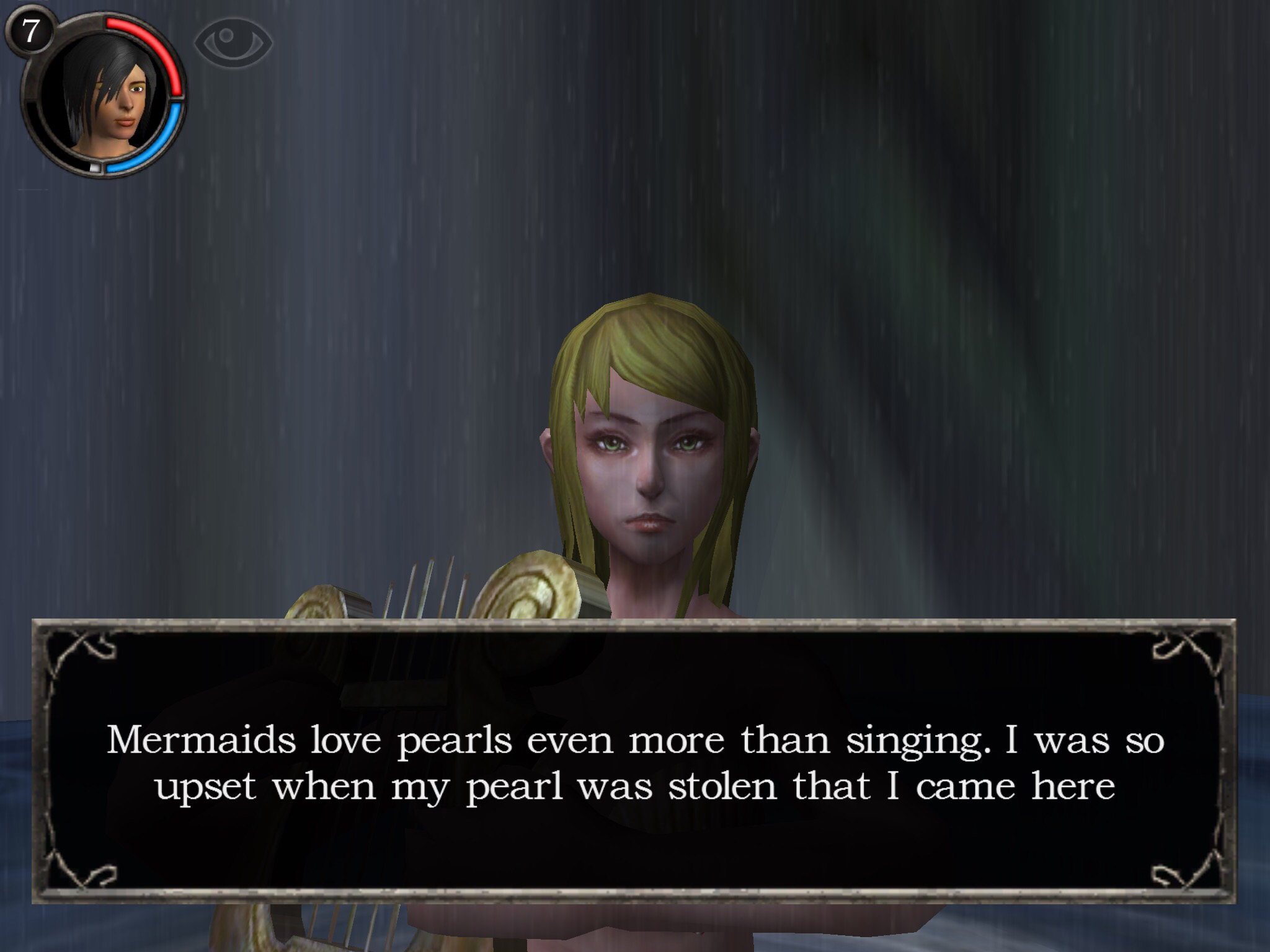
The battle system is simple and only a little clumsy. You can tap enemies to target them, or let your character auto-target. The latter is fine for melee, but you’ll want to go with the former if you’re trying to do anything other than button-mash the monster into a fine pink mist. Your abilities are accessible via a set of three buttons in the corner. Once you unlock more than three abilities, you can spin the menu around like a dial to get at the others. It works well on an iPad, but it’s a bit cramped on an iPhone. Battles are action-based, and as I mentioned earlier, heavily dependent on your relative levels. With buffs and tricks you can take out enemies as much as two levels higher than you, but anything beyond that is pretty unlikely. The battles are action-based, but you have a stamina meter that drains with every action. Once it’s exhausted, your character will have to take a short breather. For experience purposes, you’ll mostly be fighting enemies around your level, making it important to go into the fight with full HP and stamina. That means after each battle, you’ll need to find a safe place to relax while your various meters recover. If enemies gang up on you or you try to chain too many in a row, it’s easy for your hero to become overwhelmed.
If you fall in battle, the penalty is fairly light. You’ll be teleported back to the nearest checkpoint you activated in a weakened state, with only a bit of experience points shaved off for your troubles. You’ll have to wait out the weakness, and if you don’t want to consume expensive potions, you’ll also have to sit around while your HP and mana recover, but all things considered, you don’t stand to lose much by risking your hide. That’s a good thing, because many of the areas are fairly densely-packed with foes. You’ll have to contend with attacks from the land, sea, and air. It’s not too bad early on, when the monsters are a little more spread out and rely on melee attacks, but before long, they start clumping together more and everyone’s packing heat. Unlike in many games, however, you’re not exactly at a disadvantage from aerial attacks. Being an angel, you’ve got wings, and you can use them whenever you like, provided you’ve got the stamina to spare. Climbing in the air uses up a fair bit of stamina. Hovering in place costs nothing, but moving in any direction will cause you to descend if you aren’t actively climbing. As you level up, the amount of time you can spend in the air increases, and it soon becomes a fairly reasonable plan to start your enemy sweeps from the air.
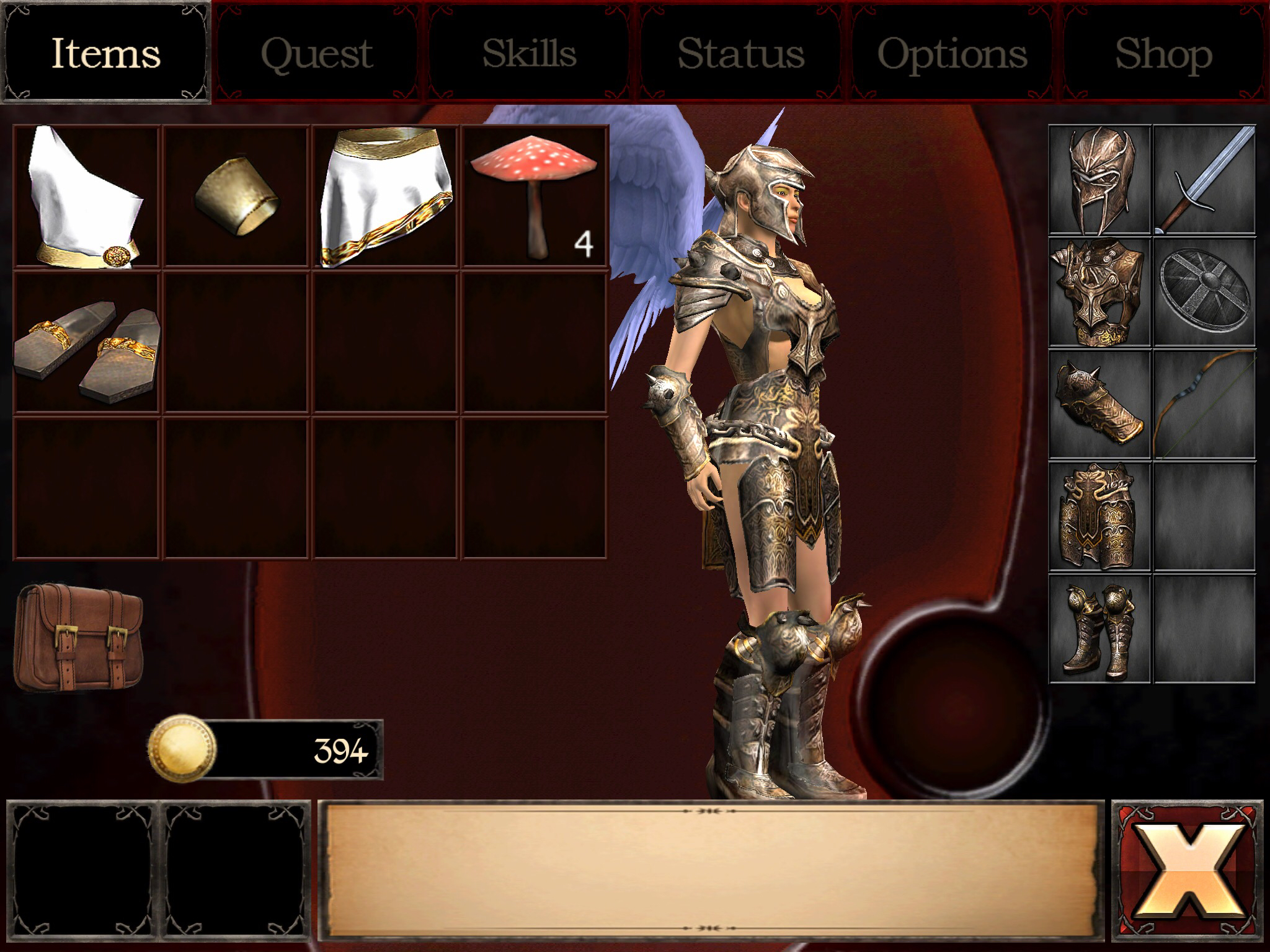
You can also fly around to look for secrets, but outside of extra gems, you won’t find much. That might be for the best, since you can essentially climb to any height right from the beginning of the game if you’re persistent enough. Just climb as far as you can, hover to regain stamina, and do it again until you hit the ceiling. It’s a cool feature, but the game never really does much with it beyond forcing you to consider air-bound enemies when making your way through zones. It’s not the only interesting idea that goes squandered in Angel Sword, however. The songs are a fun lift from Nintendo’s Legend Of Zelda games, even going so far as requiring you to correctly play them when you first get them. They’re a little bit on the long side, so you’ll have to either make notes or have a sharp memory, but once you’ve played them successfully, you’ll never have to play them again. Instead, you simply choose the song and your character will play. Many of the songs aren’t very useful outside of very specific circumstances, though. In particular, the songs used to beat the bosses have very little utility beyond that purpose, save being the key to completing one or two sub-quests.
The game world feels a lot smaller than it should, too. Perhaps it’s a side-effect of being able to move in every dimension, but the game only has around ten zones, and some of them feel more like auditoriums than open world areas. They’re arranged in linear fashion, which also detracts from the open world experience. You can’t really go in any direction. You can only go in the direction of the next area, and you can only do that if you’re strong enough to kill just about everything you meet on the way. The game’s best moments of discovery come from diving in the lakes that are scattered around, simply because there might actually be something off the beaten path to find for a change. Although the puzzles were all very familiar, I really enjoyed them and I wish there were more of them. Particularly since the rooms containing them were some of the only things you could find off of the main path.
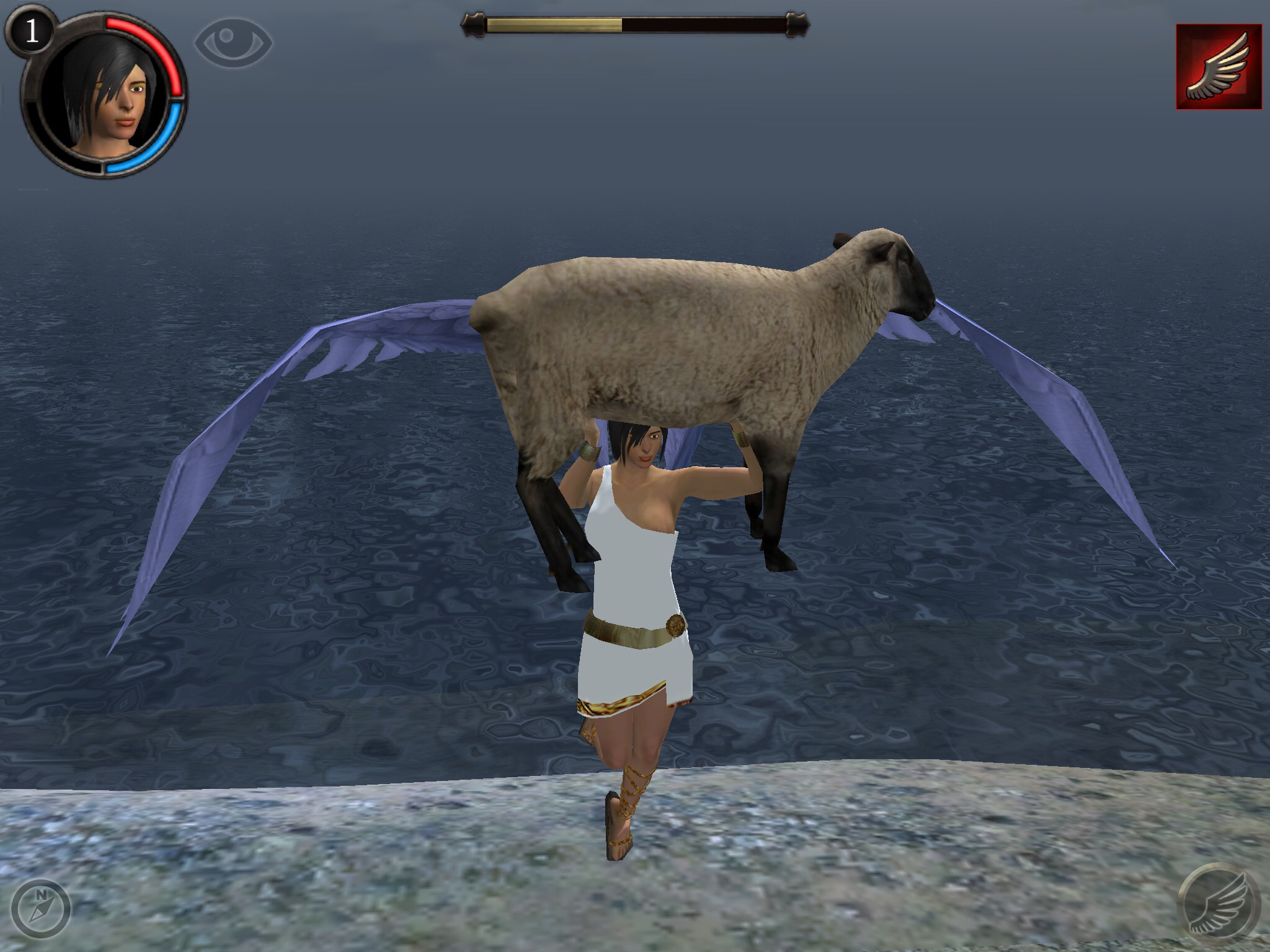
I’ve already mentioned that I couldn’t get the multiplayer to work, so I can’t say much about that, but aside from that somewhat big problem, the game runs fine. I’d hope it would, as it’s not really pushing the envelope. The graphics are inconsistent in quality. Your main character looks good, and so do some of the bosses, but that’s about it. The rain effect in particular looks pretty bad for a modern release, and many of the enemy models and environment textures are also lacking the quality shown to the game’s stronger assets. The basic controls work well enough, and I like the dialing menu for special abilities, but as with many 3D games, whenever you need to work the camera, it can be a real pain. I’m not terribly happy with the system for ranged attacks, however. You can target objects well before they’re in range of most abilities, and the only way to find the range where they work is to inch forward until the game gives you the okay. I decided to pass on the whole mess and stuck to a melee build outside of experimenting for the purposes of this review.
When it comes to 3D open world RPGs on iOS, there are plenty of better choices than Angel Sword. With that said, as long as you don’t mind a whole lot of banal grinding, I suppose this might give you a brief fix. It has a few interesting ideas, but it comes off as a game that ended up light on content and added in a lot of leveling for the sake of leveling to make sure players didn’t run through it too quickly. Five years ago, with a lot less competition in the market, that might have been enough to give it a recommendation, for novelty’s sake if nothing else. In the here and now, it’s hard to come up with any compelling reasons to play this instead of just running through a better game once more.